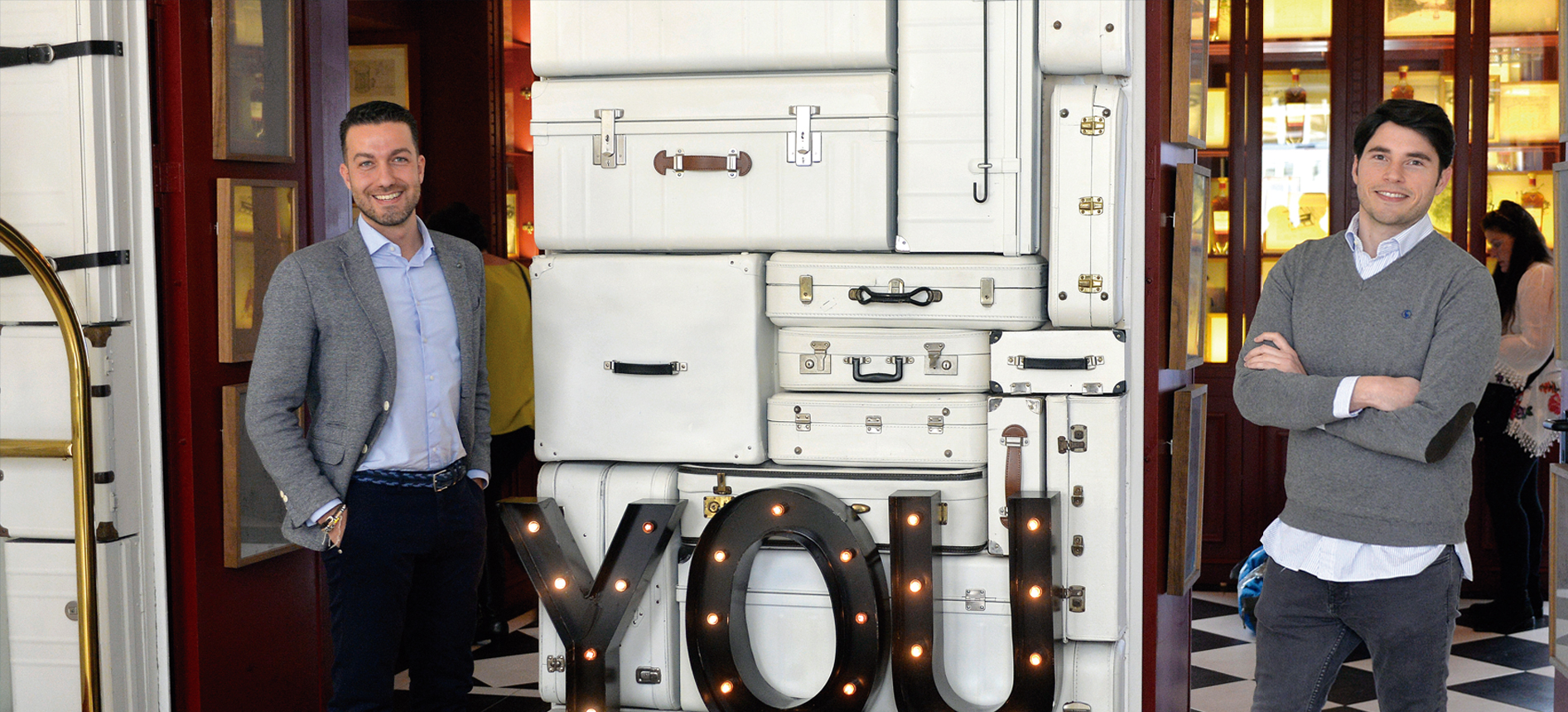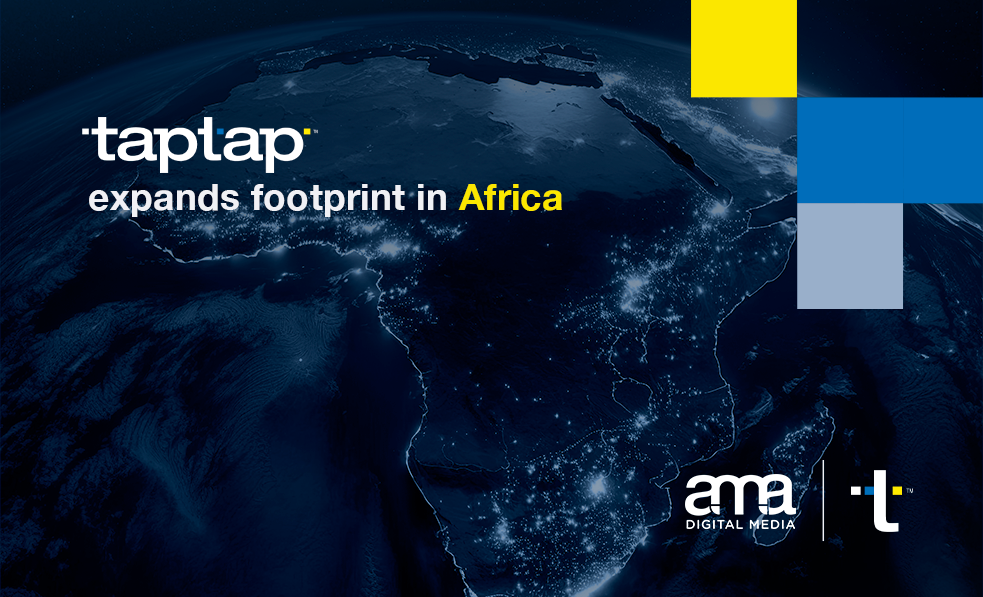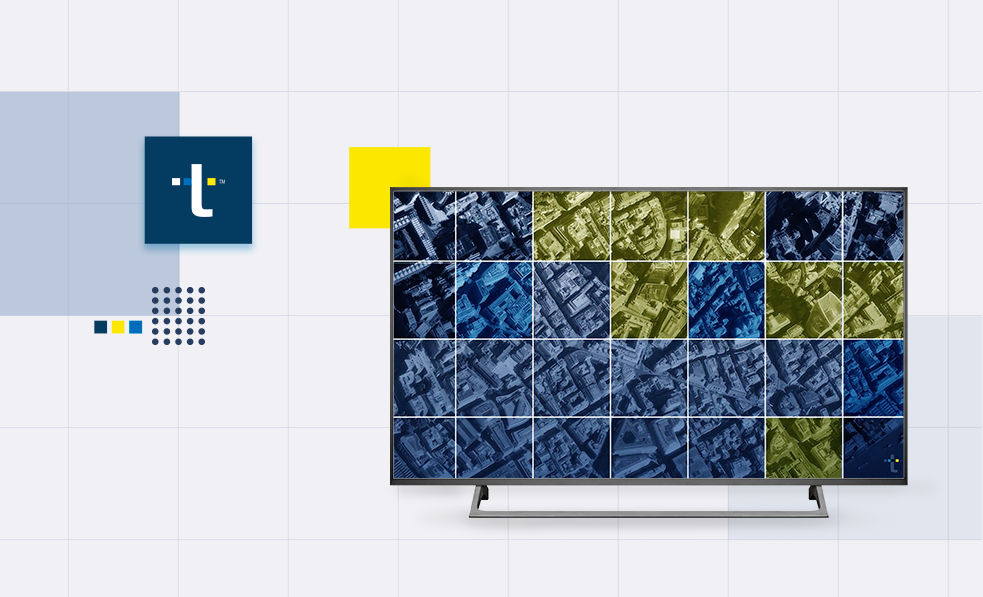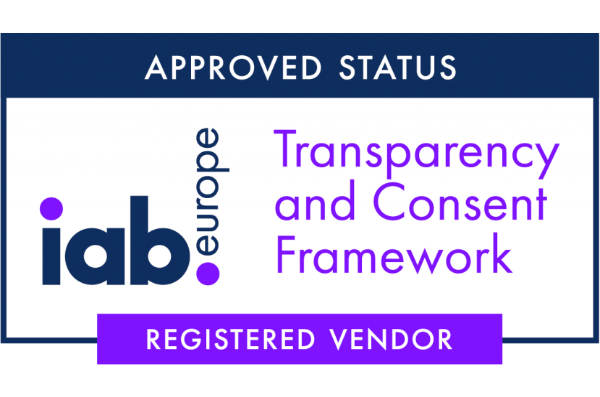Currently, traditional media is still a pending issue when adopting global programmatic strategies. We see a clear migration in everything that has digital DNA toward the programmatic, and a growing trend in the classical media to coexist within large programmatic structures, but that’s yet to materialize. We went from mobile first to mobile centric, precisely because we understand that the mobile medium is a versatile channel, which often serves to activate audiences, but many other times its great value is to profile or attribute. Taptap has evolved to new models that look at all media, starting from a mobile centric approach, but understanding it as a key element in increasing all the advertiser’s audience activations. In recent years we’ve seen how the digital medium, and especially the mobile, has become a very powerful layer of segmentation over the classical medium. From video-on-demand to connected radio or digital OOH, all are new qualitative layers on a traditional pre-existing medium.
Álvaro Rodríguez, Sales Director of Taptap, and Javier Velázquez, Sales Strategy Director of Taptap, discuss some of the keys that have led to the mobile becoming the center of the advertising scene at a time when strategies are revolving around users more than ever. Data, planning in multiple media, or success stories are other keys that both professionals address in this interview.
Are we already living in a programmatic advertising world?
Álvaro Rodríguez - In the last year we’ve seen a very powerful activation by media agencies. All the trading desks have always had a part of programmatic protocol, but nowadays the professional profiles of the agencies are turning toward traders and toward strategic lines that equip themselves with, pardon the redundancy, all that planning in programming.
Javier Velázquez - In the last two or three years, we’ve seen that the digital world has become programmatic. Now we’re seeing that the entire advertising ecosystem is beginning to see that migration. It’s true that in the digital part it’s already been assumed, but now we have the challenge that the entire advertising world, not just the digital world, migrates. We’ve begun to see clearly that there are hybrid models, which combine digital solutions with off solutions that allow programmatic legs in classic media such as radio, such as television in the very near future, or such as exterior.
What possibilities open up to advertisers betting on a 'mobile-centric' strategy?
AR - Taptap started seven years ago in the sector with a 100% mobile approach. Since then, the situation has evolved tremendously. In all the advertising strategies that we’ve been developing in the last two years, we put the mobile in the center because it’s the leading device day-to-day. Therefore, we’re no longer that small line of advertising planning that we went through for years in which all conventional media were planned out putting a small effort into mobile. But we can help generate incremental coverage in online and offline planning, taking the opportunity to make a multichannel strategy always based on the screen that accompanies us every day.
JV - The big key to placing the mobile in the center is because it’s the only medium that accompanies the user throughout the purchase process. You can buy online or offline, but there’s only one medium that’s everywhere. It gives us the value of transferring the strategy to business objectives and offers us the advantage of knowing how the purchasing process flows step-by-step in consumers to activate different touchpoints. The mobile medium allows the duality of contacting the user and learning from them.
What are the major advances that have experienced this type of strategy recently?
AR – That it’s no longer planned for advertising in a completely independent or biased manner. For years, we’ve seen very stagnate planning. Television, radio or outdoor was planned without taking into account other means, such as mobile. Nowadays, all the strategies are 360º, and are aimed at people who consume many means of communication during the day. Now, we see the media all together and not separately.
JV - Taptap is very relevant in this regard. We went from being mobile first to being mobile centric precisely because of that need to put the user in the center. We’ve realized that the mobile medium is relevant, and it must be used as a data connection point with the user. But the one that’s really in the center is the user, and that’s precisely why we want to connect all the media around them.
What’s the value of user data obtained through the mobile?
AR - One of the competitive and disruptive advantages of the mobile ecosystem is the amount of data that can be obtained. From transactional information, we pay with the mobile phone, to data on content we consume or where we move. There’s no medium that has the possibility of extracting more data from users. Advertising content will always be there, but with a good segmentation based on data, we’ll offer specific content that can really interest each user.
JV – It’s also important that, thanks to the mobile, we can know the exact moment the user’s in. This is key when it comes to knowing how to activate it in a very precise way, because we don’t have to assume that the user is always predisposed to make a certain purchase. You have to understand what’s happening to you, and in that the mobile medium is the richest to tell us what happens around you, and what’s happened previously: contact with the brand, with its establishments, with a campaign, etc. This is what will allow advertising to stop being intrusive, and to be interesting.
The new measurement models allow us to analyze user activity both with online and offline media throughout the purchase process to generate a unique profile. What advantages does it present in strategies that are being developing right now, as well as in the future, that brands create from now on?
AR - One of the great advantages of having our own technology is that the strategies are no longer left only in the tactical but can be extrapolated to the strategic part. If, for example, there’s an advertiser who’s interested in young people attending independent music festivals in Spain, the contact doesn’t have to end in a specific tactical campaign. But that user is already identified, stored, and in progressive activations and we can go back and search for them.
JV - The big challenge is to know what we do with the data. Advertisers are allowing us to accompany them along the way to exploit the enormous capacity of available data, and to understand how media and media strategies are connected. That’s where we provide added value to that user's knowledge by performing a specific analysis and understanding what is most relevant to communicate in each case. A big part of our advantage is having our technology always at hand, because it allows us to offer immediate answers.
Successful mix. What do you think is a successful mix of media to accompany the consumer throughout the purchase process?
AR - The media mix must be specific, because each advertiser has their needs. Although it’s true that we have to consider that the mobile medium can be a great ally in this process, since it allows the offer of traffic analytics to the point of sale. In addition, it’s gradually eliminating the idea that we don’t purchase through mobile. For this reason, I understand that the media mix should be turning to the e-commerce and analytical/metrics part of the mobile ecosystem.
JV - A standard media mix doesn’t exist. What exists is a versatile media mix in which you can read what the perfect combination of ingredients is in each case, because the standard user doesn’t exist either. The key is to implement a mix of media that can receive a lot from the user, that’s chameleonic and that adapts to what’s happening to the user in each case.
Could you highlight a successful example of an advertiser whose strategy revolved around the mobile?
AR - An important one for us was Endesa. They were interested to know how much time we spend at home, because this figure reflects the energy consumption we use. They have a tariff, called Tempo Happy, that adapts to each type of consumer based on their electrical consumption. They challenged us to create four large clusters in which to place all Spanish society, all coming from data extracted through the mobile. We analyzed the core target of Endesa to communicate well, and in a specific way, to each group of users, launching interesting messages for each person. Another very important vertical for us is tourism, because there are many advertisers who are interested in knowing if a person can be a potential audience for them. The large corporations in the tourism sector are allocating a large amount of resources to be as friendly as possible in the mobile ecosystem, since they know that it’s a very powerful source of data, and that it’s an activation window for, based on the profile of each person, like offering a custom-made suit.
JV - We also feel very comfortable working with the automotive sector. I can point out Kia, which is a great example of how a mobile is no longer just a line. We’ve been able to multiply activations with them, and work from national coverages for the launch of a new model up to the most hyperlocal level around each dealership, with different strategies depending on areas, models, etc. Kia has been one of the big advertisers who have helped us work on it, and with whom we keep on learning and innovating different solutions to effectively add to their media plan.
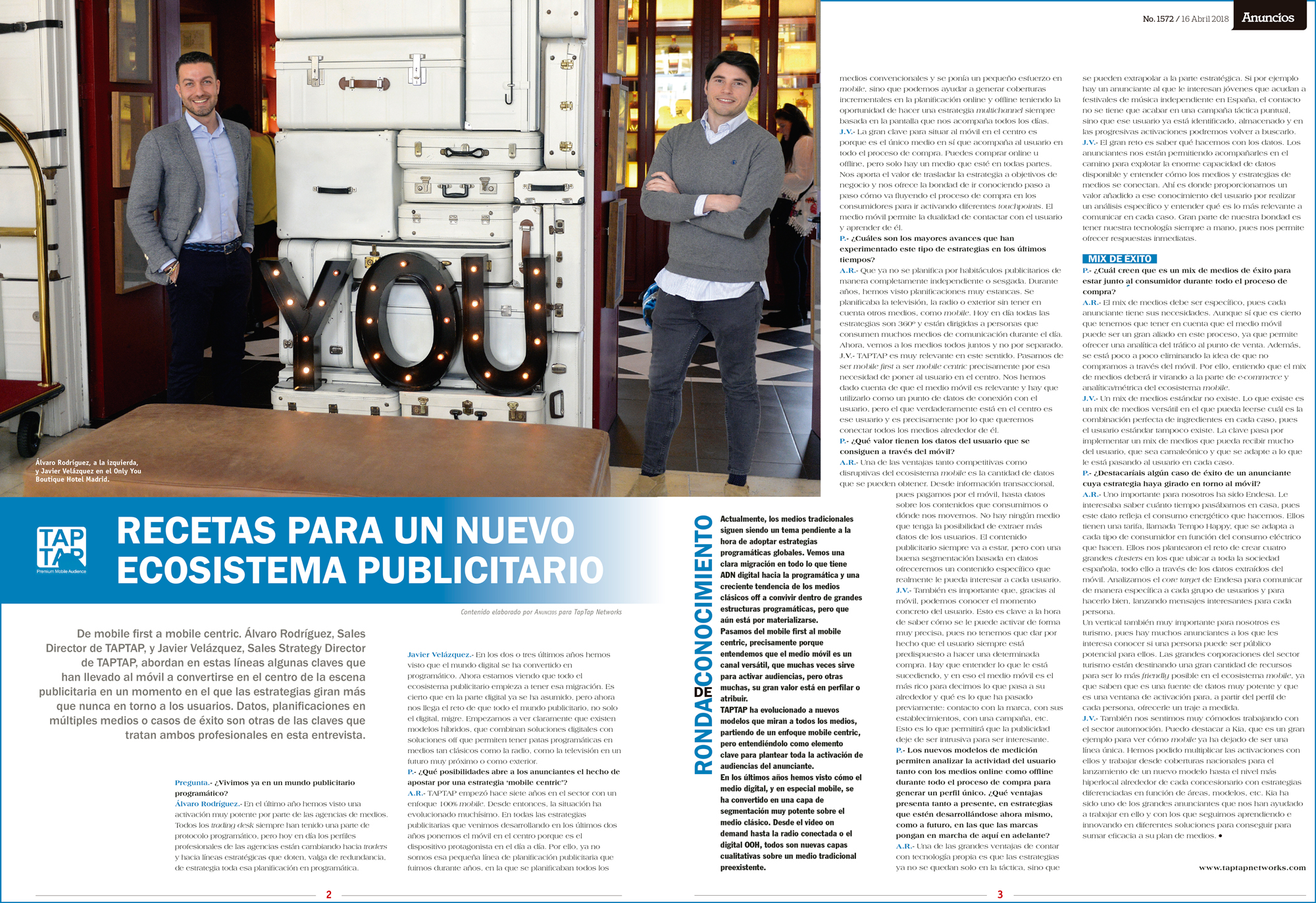
Source: Revista Anuncios



